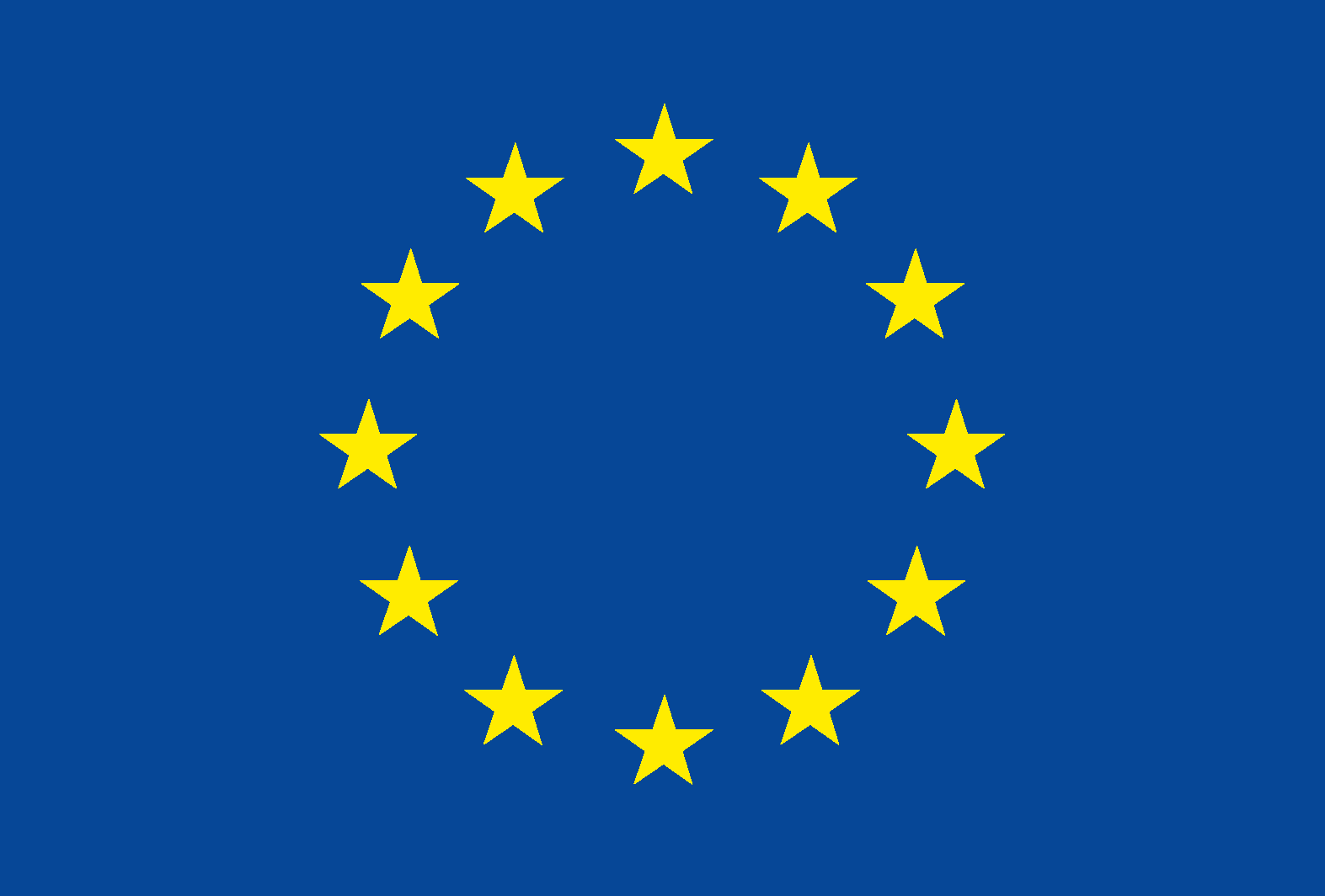In our last Together Thursdays blog we talked about the structure of EU democracy and how the different pieces fit together. Next time I want to have a look at some different European countries and how different their democracies can be, but this time I want to take a step back to go over some basic ideas of democracy, what the different terms mean and the general structure of modern democracy.
First of all then, what does democracy mean?
Democracy
Direct
Ancient Greek civilisation is credited with establishing the first democracy in Athens. While other earlier democracies probably existed, this is the one we all remember and even the word democracy originates from ancient Greece – demos meaning the people, and kratos meaning power – power to the people.
The early Athenian democracy was what is known as a direct democracy where anyone could come to the political gathering, contribute, debate and form policy that shaped the state.
Of course, in this case ‘anyone’ means being a citizen and a man. So, no women, no foreigners and certainly no slaves were allowed to contribute to politics. Not exactly that representative looking now, is it?
Representative
What we tend to mean by democracy today is a representative democracy, where the people have a say, or a vote, on who it is that makes the decisions for them and who represents their interests. These representatives form a government who then governs on behalf of the people. Making sure that a government is as representative as possible and that the needs of all people are met within a society is one of the great challenges of civilisation. It is only by promoting democracy and participating in it that this challenge can be met, so first it is important to understand how it all works.
Government
What is a government and what makes it up? As you can see from our title infographic there are various parts to a government and various different things the word can describe. Most commonly the system of democracy is split into three distinct branches each with different areas of responsibility and each able to check and balance the others, this is known as the separation of powers.
Executive
The executive is the leading part of a democratic system. The executive decides on what legislation to put forward and dictates the way in which government departments are to be run.
Head of State
The head of state is the highest representative of the state. This can sometimes be the head of the government but sometimes this is a ceremonial duty. The head of state could be the president of a republic or the queen of a monarchy.
Head of Government
This is the person leading the government. Sometimes this is the same as the head of state and sometimes it isn’t. This could be the president in a presidential system, where the president could be both the head of state and the head of the government, or it could be the prime minister in a parliamentary system where the head of state and the head of government are probably different people.
Government Ministers
These are the people, often called Ministers, chosen to lead the different government departments and form the ‘cabinet’. The way government ministers are appointed depends on the type of system used. Sometimes they are appointed by the head of state, sometimes by the head of government sometimes directly by parliament.
Legislature
The legislature is the part of the democracy where legislation put forward by the executive is passed into law.
Parliament
Parliament is where the representatives of the people sit, this is the main body that can pass laws and acts as a check and balance to the power of the executive. The parliament is made up of Members of Parliament or MPs elected to represent the people nationally. The parliament votes on legislation introduced by the executive to pass them into law. The parliament is the key way in which individual citizens are represented nationally.
Judiciary
The Judiciary is the legal system of courts that settle disputes and apply the law. The judiciary cannot pass or propose legislation however it can hold either of the other branches of government accountable to law.
Constitution
The constitution is the defining legal charter of a nation, laying down the fundamental rights and laws of a nation. This is the fundamental rules of the game and how it can be played. How this constitution is interpreted and applied is often a matter for the courts.
Democracy is one of the core principles of both the Council of Europe and the European Union. Democracy is about so much more than voting, it is about active inclusion in society and contributing through participation. In future blogs we will look at different ways in which the EU and the Council of Europe foster democracy and how you can participate.
You can read more about democracy on the Council of Europe website here.

This week’s blog was put together by John Gillon, Rural Youth Europe’s Project Manager. If you would like to discuss any aspect of the blog with John, please e-mail projects@ruralyoutheurope.com
This blog is part of the Together Thursdays project, co funded by the European Union.

